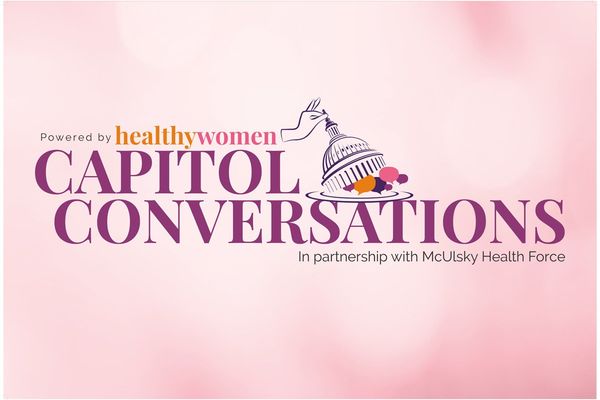June 19, 2017
As debate swirls over the future of health care in this country, it is worth taking a moment to shine a spotlight on an often-underappreciated agency that plays a huge role in helping maintain the health of Americans: the Food and Drug Administration (FDA).
What is the FDA? You may know it as the agency that ensures drugs are safe and effective before they can be marketed, but it is much more than that and, in fact, is a strong supporter of women's health.
The FDA ensures the quality of prescription drugs and the safety and efficacy of veterinary drugs, as well as vaccines, other biological products (including blood products and laboratory tests) and medical devices intended for humans (think X-ray machines, heart valves, and even health-related apps).
It also plays a role in ensuring the safety of cosmetics and dietary supplements and regulates tobacco products. Indeed, $1 out of every $5 you spend is on an FDA-approved product. The agency oversees food safety (except for meat from livestock, poultry and some egg products, which are regulated by the U.S. Department of Agriculture).
But I want to focus here on the FDA's Office of Women's Health. The office, established by Congressional mandate in 1994, is charged with protecting and advancing the health of women through policy, science and outreach, and advocating for the participation of women in clinical trials and for sex, gender and subpopulation analyses.
Last year, the agency released its Women's Health Research Roadmap to provide a strategic plan to address seven priority areas that affect women's health. These including reducing the toxicity of drugs that women use; improving the design of clinical trials so they address any gender-related differences; finding novel ways to evaluate drugs so they can get to market faster; and using data to track the safety and effectiveness of products after they're approved.
Also in 2016, the agency launched the Diverse Women in Clinical Trials Initiative to raise awareness about the importance of diverse groups of women participating in clinical research and to share best practices about clinical research design, recruitment and subpopulation analyses.
The FDA Office of Women's Health provides valuable information on other topics of importance to women, including medication safety, clinical trials and pregnancy registries.
My concern is that these important initiatives are at risk given proposed cuts to the agency in President Trump's "skinny budget," which calls for cutting $1 billion in government funding—a 37 percent cut—and replacing it with $1 billion in user fees from industry.
Why is this a problem? Because user fees are meant to provide supplemental—not primary—funding for the FDA and are used for such things as hiring additional people to speed regulatory review and approval.
The FDA is already struggling to meet its mission. In late 2016, top officials reported that nearly 1,000 positions in its Drug Evaluation and Research division remained unfilled, slowing drug approvals and consumer access.
If the FDA is to achieve its mission, it must be fully funded and given the resources it needs to fill staffing vacancies.







